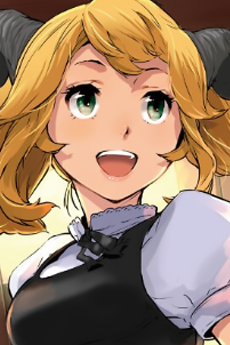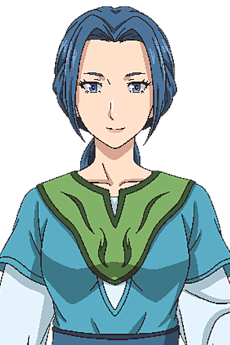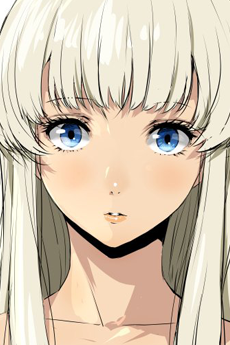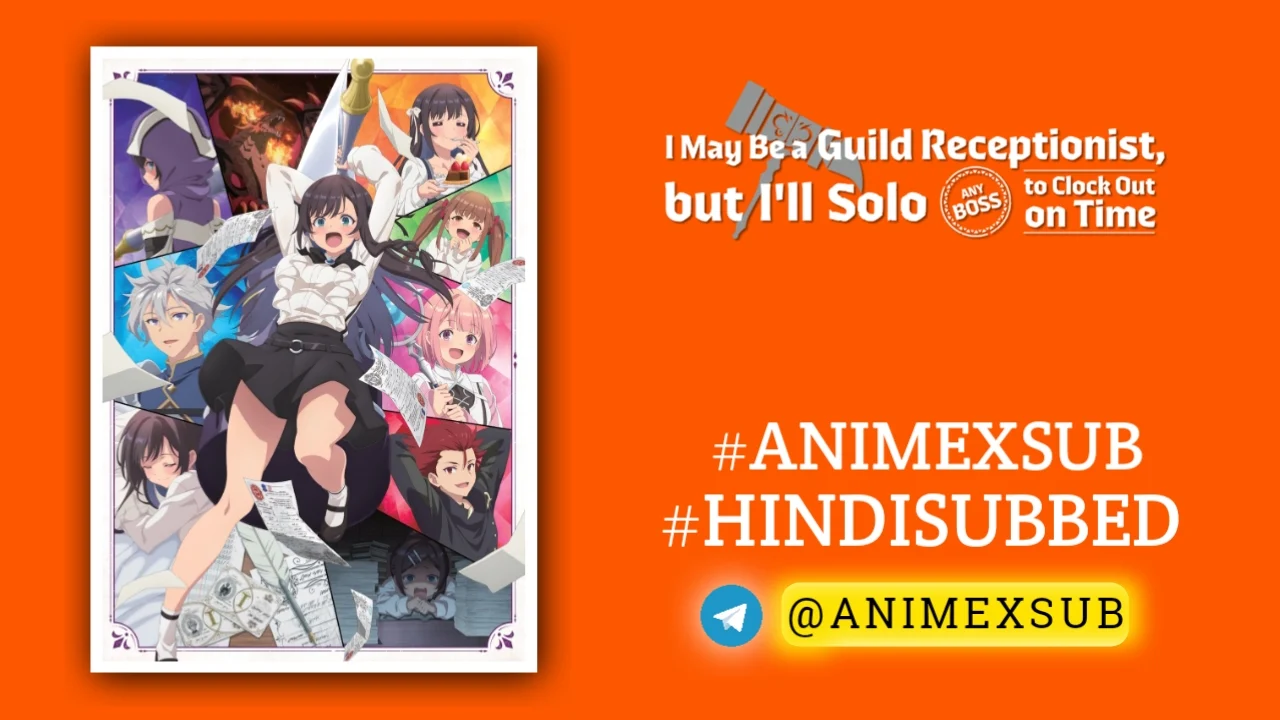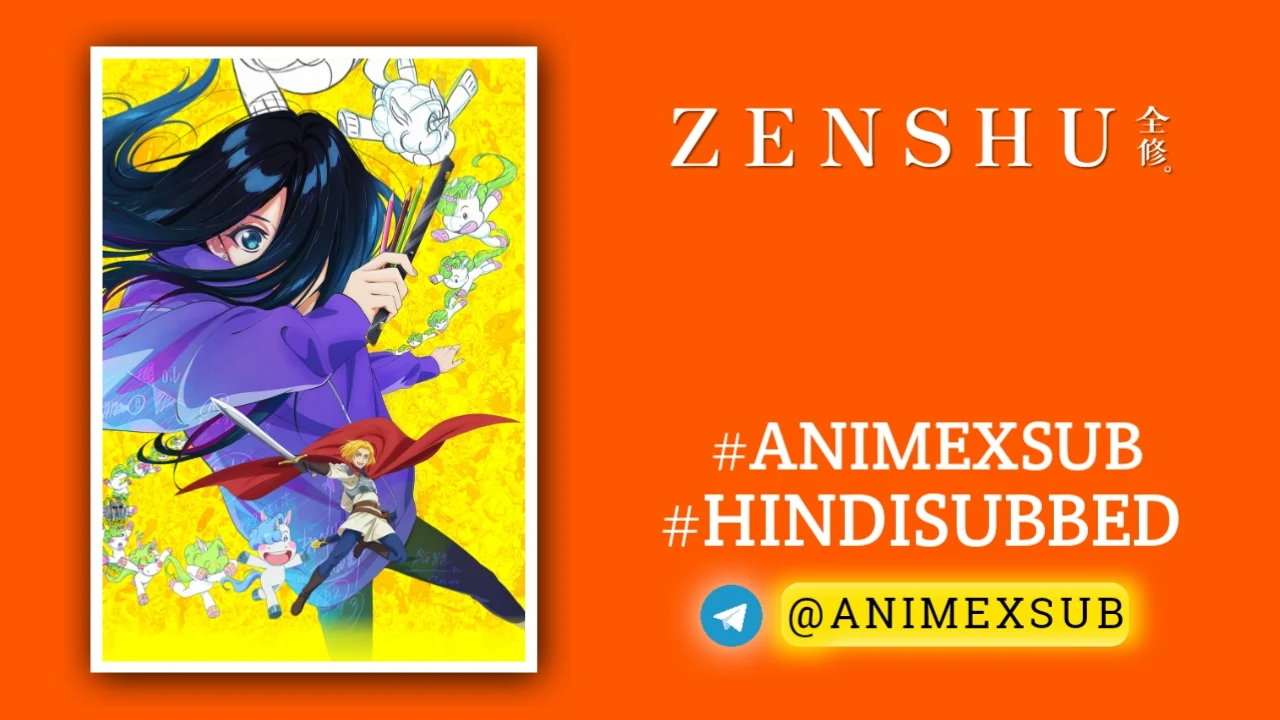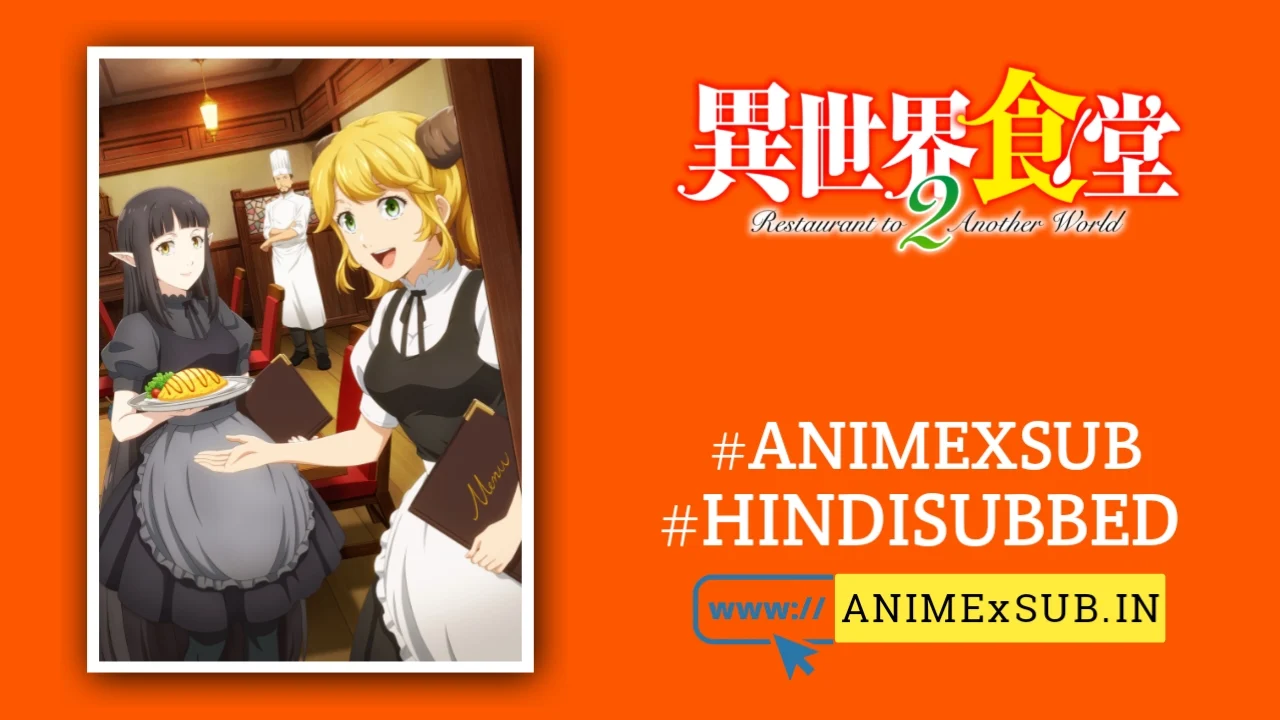
Restaurant to Another World Season 2 Hindi Subbed [12/12] | Isekai Shokudou 2 Hindi Sub
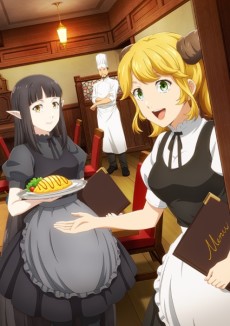
Isekai Shokudou 2
Restaurant to Another World 2Synopsis
The second season of Isekai Shokudou. The restaurant is opening up again with new characters and new dishes. There is a certain restaurant in the first basement level of a multi-tenant building in one corner of a shopping street near the office district. The historical restaurant, marked by a sign with a picture of a cat, is called "Western Cuisine Nekoya." This restaurant looks completely normal through the week, but on Saturdays, it opens in secret exclusively to some very unique guests. During these hours, doors in various areas of a parallel world open to allow customers of many different races and cultures into the restaurant. (Source: Crunchyroll)
Watch Trailer
Characters
The Enchanted Portal Rekindles: Culinary Bridges Across Realms
In the shadowed corners of anime’s vast landscape, Restaurant to Another World Season 2 emerges as a serene continuation of a tale where mundane meals become extraordinary encounters. Premiering in October 2021, this sequel delves deeper into the mystical eatery Nekoya, a Tokyo-based restaurant that, every Saturday, transforms into a nexus between modern Japan and a sprawling fantasy world. Here, elves, demons, dragons, and humans alike converge not for battles or quests, but for the simple, profound act of sharing a meal. This season, animated by OLM with character designs by Yasukazu Shoji, maintains the episodic rhythm of its predecessor while introducing subtle layers of interconnection, offering viewers a meditative escape into worlds united by flavor. 3
What sets this iteration apart is its quiet evolution: no grand overhauls, but a refined focus on how food fosters fleeting yet meaningful bonds. Episodes unfold like paired courses, each centering on two dishes that reveal the backstories and growth of patrons from the “other world.” From a demon bounty hunter’s solitary indulgence in cheesecake to a vampire couple’s tender refuge over beefsteak, the narrative weaves tales of isolation dissolved in the warmth of shared dining. Yet, beneath the appetizing visuals lies a commentary on cultural exchange, where Earth’s everyday cuisine symbolizes the unfamiliar becoming cherished. 31
Whispers from Worlds Beyond: Unveiling the Narrative Tapestry
The core premise remains unaltered: Nekoya’s door manifests across fantastical landscapes—castles, forests, goblin lairs—inviting otherworldly beings to savor Japanese-Western fusion dishes. Season 2 expands this canvas with 12 episodes, each titled after featured delicacies like “Roast Beef” or “Mont Blanc,” structuring stories around the patrons’ discoveries and returns. A standout arc follows Prince Shareef and Princess Adelheid, whose diplomatic courtship culminates in a proposal amid Nekoya’s neutral ambiance, hinting at how the restaurant subtly influences geopolitical shifts in the fantasy realm. 31
New threads emerge, such as the demon Hilda’s transformation from a wary intruder to a loyal regular, her adventures echoing themes of trust earned through vulnerability. Unlike typical isekai tropes of power fantasies, this season emphasizes quiet revelations: a mermaid priestess importing fruit jelly to her underwater domain, or juvenile adventurers inspired by the eatery’s diverse crowd to pursue their dreams. The finale introduces a poignant twist with the Master’s grandmother, Yomi—a legendary hero from the other world—bestowing the magical door’s master key, underscoring the fragility of these interdimensional ties. 26 This element adds a rare undercurrent of impermanence, reminding viewers that even havens like Nekoya are not eternal.
In an original lens, the plot symbolizes the restaurant as a liminal space—a threshold where hierarchies dissolve. Royals dine beside bounty hunters, and ancient rivalries pause over shared plates, mirroring real-world dining halls as equalizers in divided societies.
Echoes of Souls in Every Bite: Characters’ Profound Evolutions
Season 2 enriches its ensemble with fresh faces while revisiting familiars, creating a mosaic of personalities bound by their love for Nekoya’s fare. Aletta, the demon waitress, and Kuro, the enigmatic black dragon in elven form, anchor the staff, their roles expanding slightly to explore personal insecurities: Aletta’s growth in confidence through service, and Kuro’s gradual softening from aloof guardian to integral team member. 20
Introductions like Hilda, a crossbow-wielding demon with a pragmatic edge, bring grit to the whimsy, her episodes delving into the solitude of mercenary life alleviated by sweet indulgences. The vampire duo Juliette and Romero offer a romantic subplot, their eternal wanderings finding solace in steak’s savory embrace, symbolizing food as emotional anchor. Other additions, such as the elf changeling Alice or the Demon Kingdom’s Queen Lastina, add layers of intrigue—Lastina’s private door discovery hinting at destiny’s hand in these connections. 31
A unique insight: These characters embody archetypes reimagined through gastronomy. Hilda represents the lone wolf tamed by community, while Shareef and Adelheid illustrate love as a fusion of cultures, much like the hybrid dishes they savor. However, critiques note that side characters often fade post-introduction, their stories feeling self-contained rather than interwoven, limiting deeper ensemble dynamics. 21
Visions of Delight and Harmonies of Hunger: Artistic and Sonic Mastery
Visually, the shift to OLM’s animation brings a polished sheen, with food sequences rendered in mouthwatering detail—glistening sauces, steaming plates, and textured bites that evoke sensory immersion. Character designs by Shoji soften edges from Season 1, enhancing expressiveness in reactions to meals, though some miss Silver Link’s sharper style. 3 The fantasy world’s vibrant palettes contrast Tokyo’s muted tones, symbolizing the restaurant as a burst of color in monotonous lives.
Aurally, the opening “Onnaji Kimochi” by Kiyono Yasuno and ending “Samenai Mahō” by Nao Tōyama infuse warmth, their melodies underscoring themes of shared emotions and enduring magic. 31 Sound design amplifies the sizzle of grills and crunch of bites, heightening the “food porn” aspect, though it risks overshadowing subtler dialogues.
In a fresh analysis, the animation symbolizes abundance amid scarcity: In a world of wars and monsters, Nekoya’s feasts represent unattainable luxuries, their depiction a metaphor for fleeting joys in turbulent times.
Hidden Flavors of the Soul: Themes and Symbolic Depths Explored
At its essence, Season 2 transcends mere foodie escapism to probe unity through diversity. Food acts as a universal language, bridging prejudices—demons and elves bond over cheesecake, vampires find humanity in steak—symbolizing how shared experiences erode barriers. 26 The door itself is a potent emblem: a portal not of conquest, but curiosity, contrasting aggressive isekai narratives with peaceful exchange.
Themes of refuge emerge prominently; for wanderers like Juliette and Romero, Nekoya is sanctuary, echoing real-world restaurants as havens for the displaced. Personal growth through indulgence highlights vulnerability—patrons confront emotions via meals, like Hilda’s cheesecake softening her guarded heart. 23
An unprecedented angle: The series subtly critiques consumerism, with otherworldly patrons’ obsessions mirroring modern food trends, yet it affirms joy in simplicity, urging reflection on what truly nourishes the spirit beyond the plate.
Shadows of the First Feast: Continuities and Transformations
Compared to Season 1, this installment refines rather than revolutionizes. The formula persists—episodic tales of discovery—but gains cohesion through recurring arcs, like Adelheid’s ongoing visits. 2 Studio and design shifts introduce a warmer aesthetic, though some feel it dilutes the original’s charm. 31
Constants include the lack of overarching plot, which divides viewers: a strength for relaxed watching, a flaw for those seeking tension. Evolutions shine in character crossovers, fostering a lived-in world where past patrons influence newcomers, adding subtle depth absent in the debut season. 29
Voices from the Banquet Hall: Reception and Reflective Critiques
Reception is polarized yet affectionate. On platforms like MyAnimeList, it scores around 7.7, praised for its “comfy” vibe and heartwarming escapism, ideal for unwinding. 1 Critics at Anime News Network highlight its harmless charm and improved designs, though warn of formulaic repetition risking boredom. 5 Reddit users echo this, calling it “satisfaction incarnate” for food lovers, but critiquing underdeveloped mains like Kuro. 15
Negative notes include stagnant progression and fleeting character arcs, with some deeming it “unwatchable” for lacking complexity. 25 Positively, its rewatchability stems from episodic independence and emotional warmth, making it a balm in chaotic times. 27
The Final Spoonful: Lingering Essences of a Timeless Meal
Restaurant to Another World Season 2 stands as a gentle ode to connection, where forks and chopsticks forge alliances stronger than swords. Its unhurried pace and symbolic richness invite introspection on unity’s subtle forms, though it may not satiate those craving high-stakes drama. In a genre saturated with spectacle, this season’s purity lies in its restraint—a reminder that epic tales can unfold in the quiet clink of cutlery.

